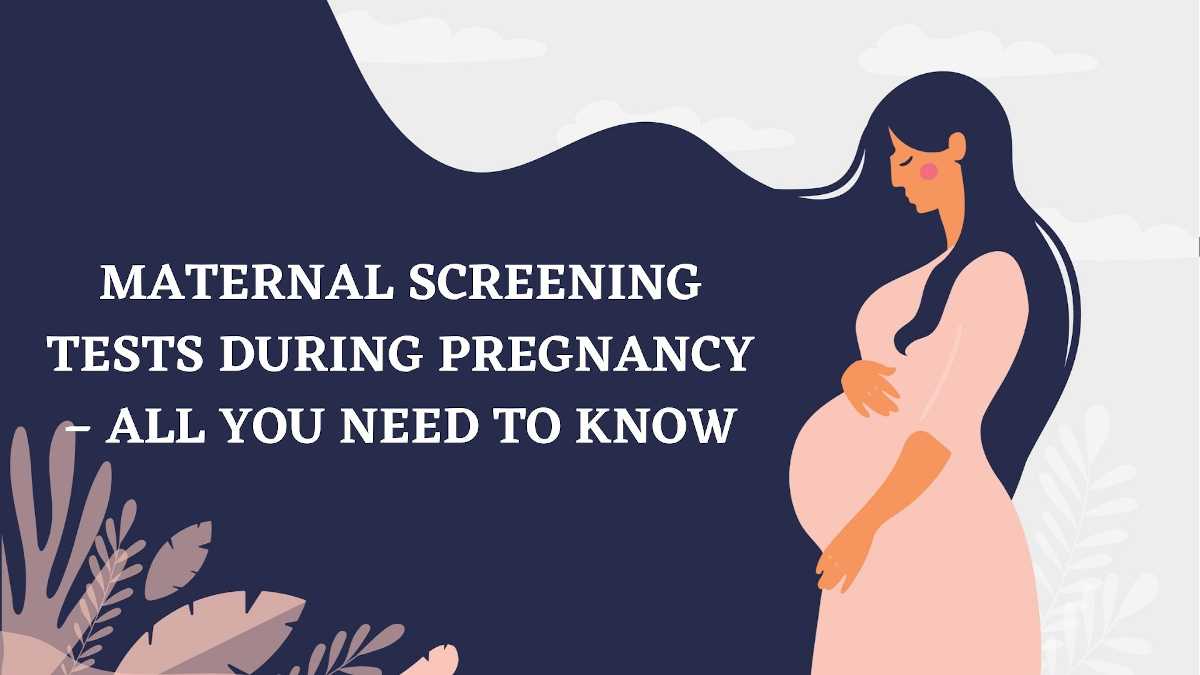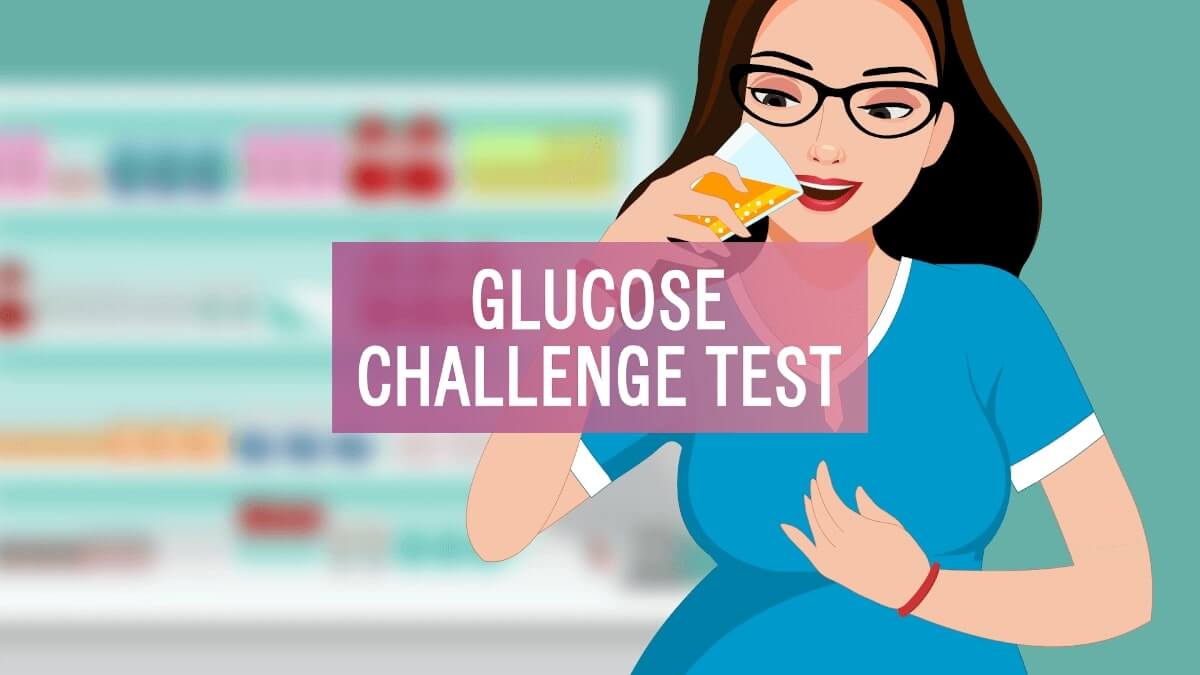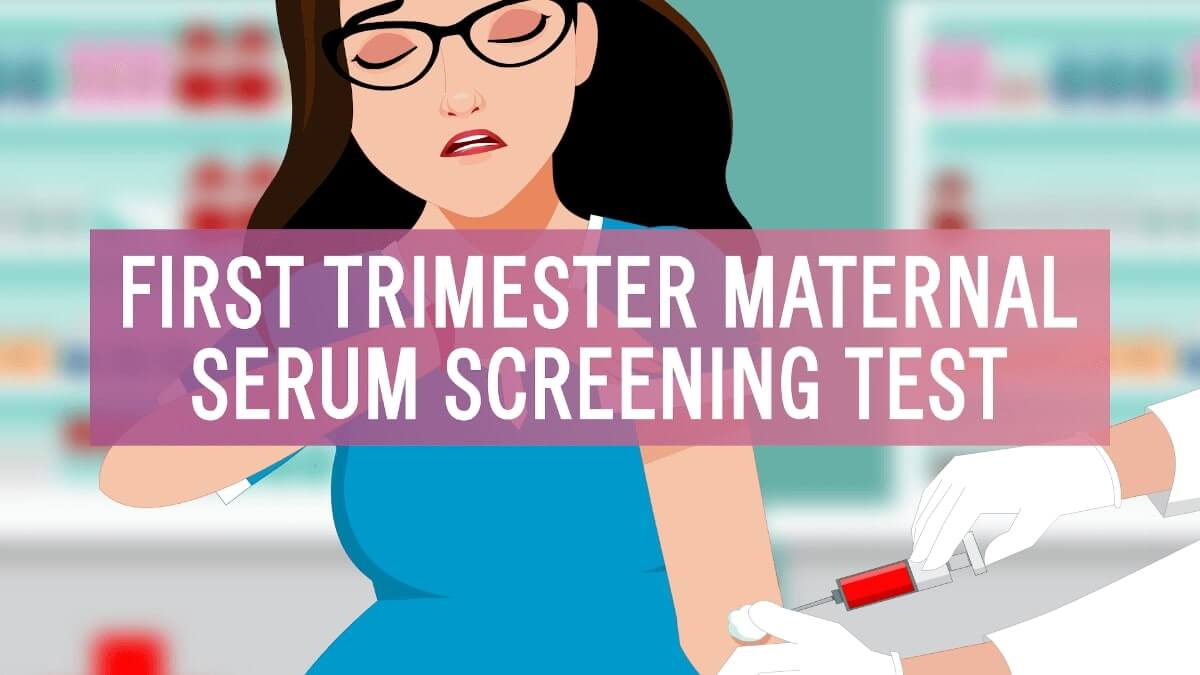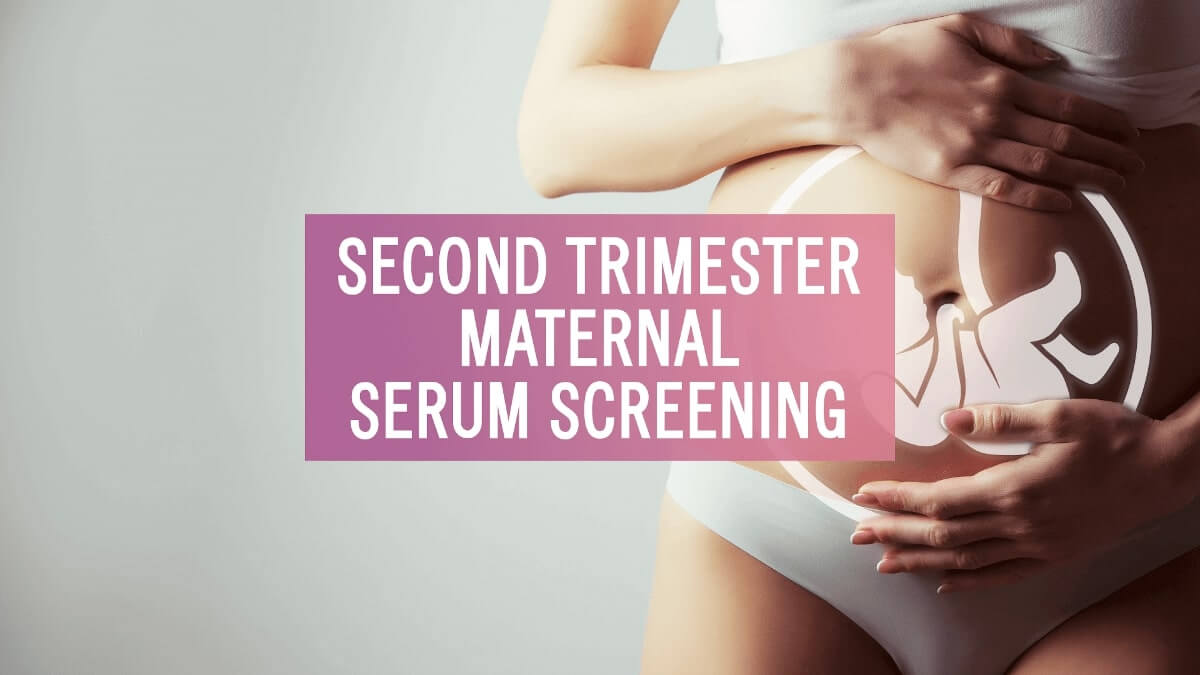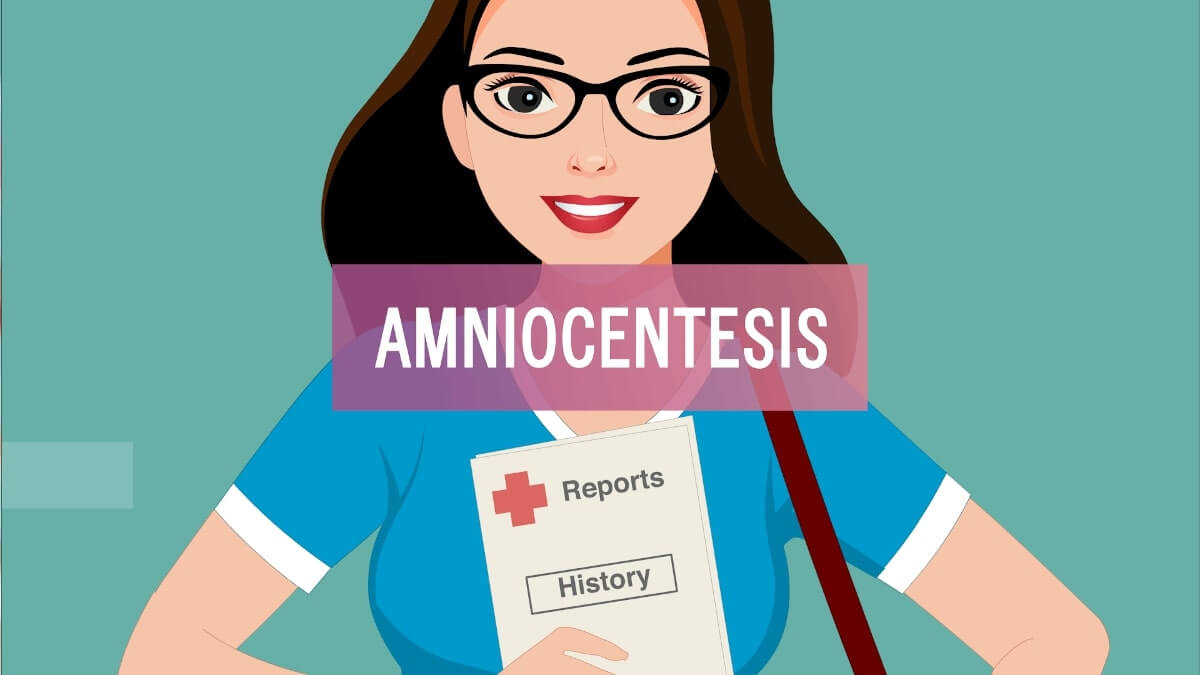Chorionic Villus Sampling (CVS) is a prenatal testing method wherein a sample is taken from the placenta by a special technique.
This method is used to determine if the baby is at the risk of having chromosomal abnormalities or genetic defects CVS is done early in pregnancies to detect chromosomal or genetic defects in the unborn baby.

When is the Chorionic Villus Sampling test carried out?
The test takes place In the first trimester – around 11-14 weeks, This is an ideal time for the test to be performed as the baby’s development starts getting apparent and the placenta gets defined thus, sampling becomes safer. This test is not recommended before 11 weeks as it can lead to fetal limb reduction defects. In some special cases of pregnancy. This is an ideal time for this test to be performed as the baby’s development starts getting apparent. This makes it easier for detection in terms of genetic conditions in the baby. In some special cases, CVS Or placental biopsy is carried out in the later stages of pregnancy.
How is the CVS test carried out?
The Chorionic Villus Sampling test is offered in pregnancies that carry a high risk of chromosomal or genetic defects that can be passed on to the unborn baby. This test requires the cells from the placenta to be tested on. The placenta is the bridge connecting the baby and the mother. This bridge helps in transferring nutrients and oxygen through the blood-filled channels of both sides. The placenta has cells of both fetal and maternal origin.
What is the procedure of the CVS test?
The embryo divides itself into two parts during the early stages of pregnancy. One part of this embryo becomes the placenta, and the other goes on to become the baby. The placenta develops small divisions, which are called chorionic villi. These chorionic villi make their way into the wall of the womb to be in close proximity to the blood vessels of the mother. These villi carry the same DNA as the embryo, as they are created from it. Therefore, it has the same DNA as the fetus as well, making it viable for CVS tests to take place.
When is the baby at a higher risk of inheriting a condition?
The unborn baby can inherit genetic conditions due to the following reasons:
1. If there is a family history of genetic conditions and abnormalities.
2. The placenta is the bridge connecting the baby and the mother. This bridge helps in transferring nutrients and oxygen through the blood-filled channels of both sides. The placenta has cells of both fetal and maternal origin.
What happens if the results declare the baby at risk?
If the result declares the baby Is likely to be affected by a genetic or chromosomal abnormality, the midwife or your doctor will discuss the test and what the results mean for you and your baby. In some cases, they assist you in deciding whether to continue with the pregnancy or not.
There are counselors and professionals available who can provide you with in-depth information and assistance.
Getting the Chorionic Villus Sampling test is always a good idea whenever the indications as discussed above exist. This results in either ruling out a possibility of your baby carrying a genetic condition and giving the parents one thing less to worry about, or it helps prepare the parents much in advance for the steps they should be taking if the result goes against them.
Either way, it is essential for the safety of the baby, and peace of mind for the parents.
Special Thanks to Dr. Chinmayee Ratha (M.S. (ObGyn) , FICOG , MRCOG(UK), FIMSA) for the expert advice.


